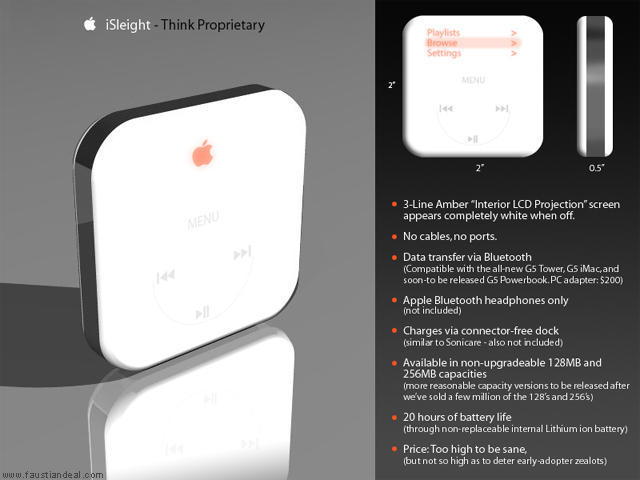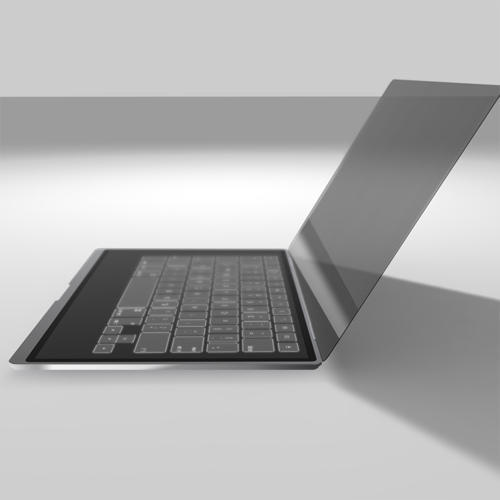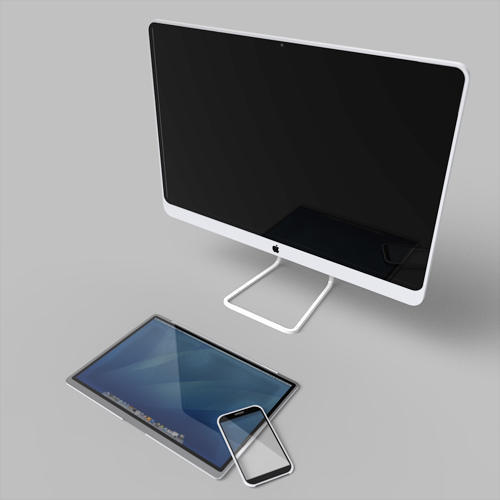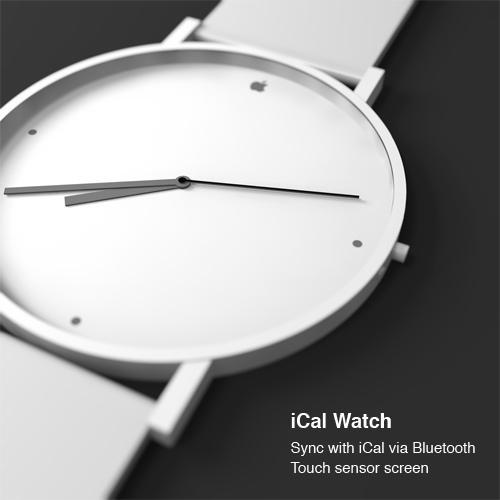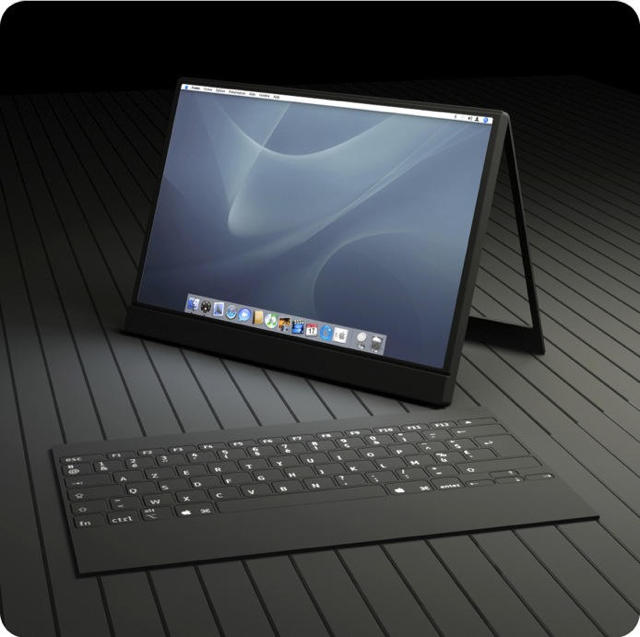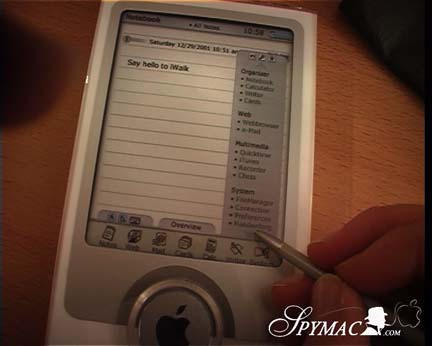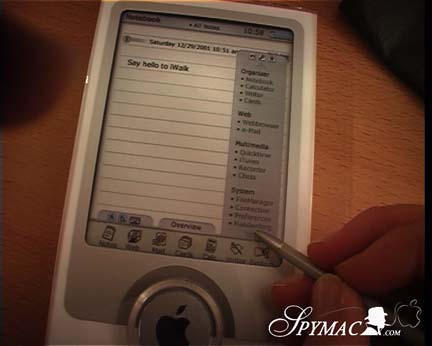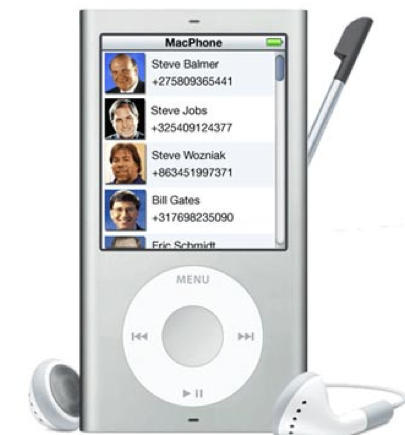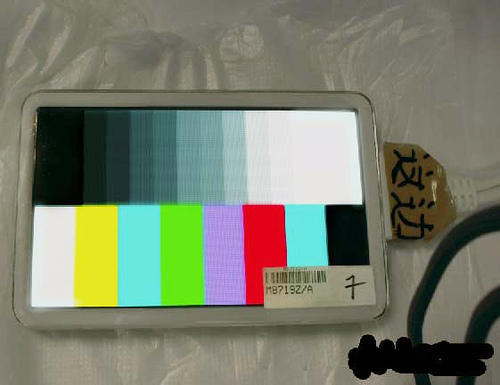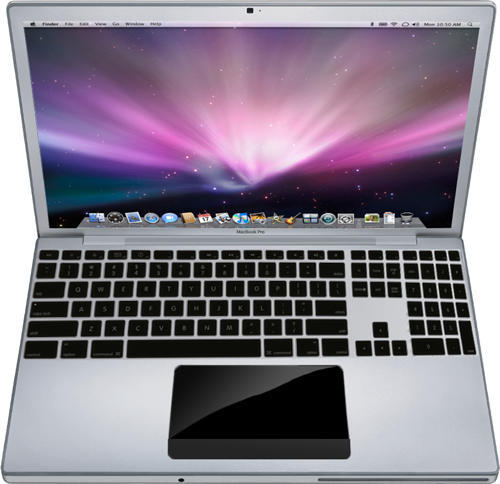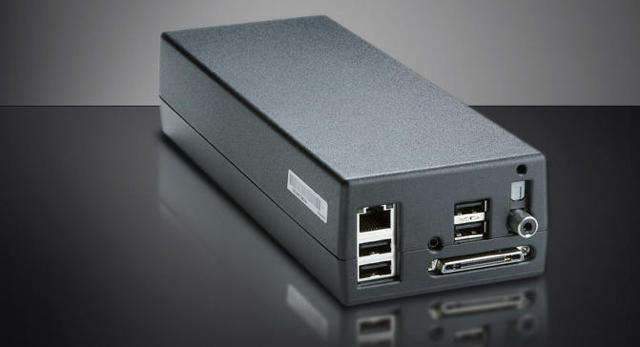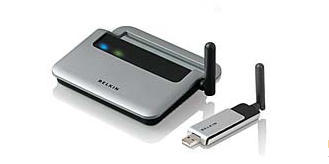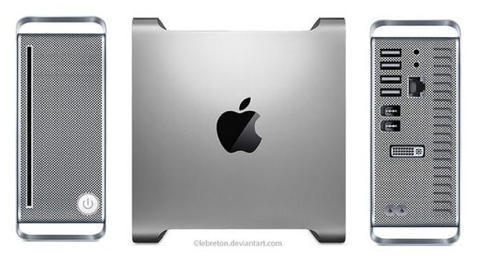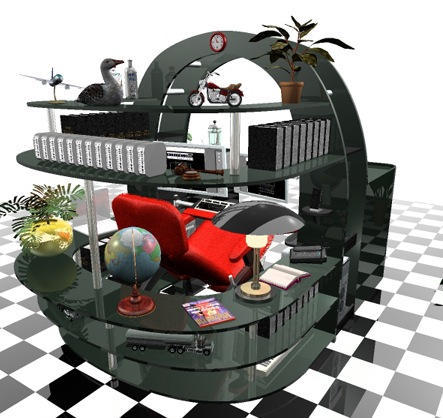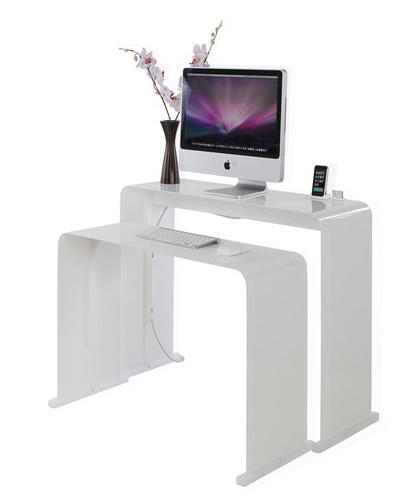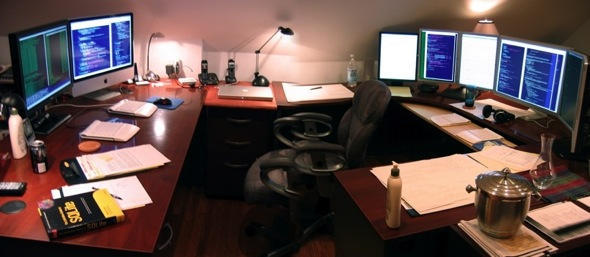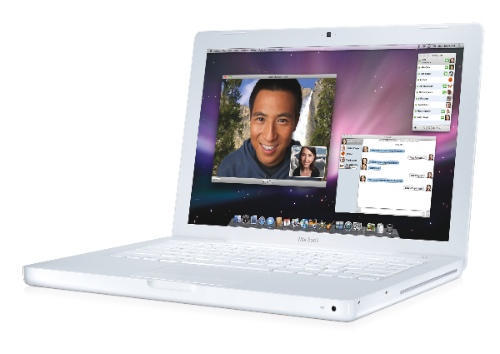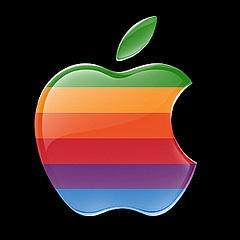The Apple Blogotubes are a-buzz with boffo Interblag bloviating at a rumor from 9to5mac.com that Apple’s rumored “Brick” product was actually a nickname for a new manufacturing process that will use “lasers and jets of water to carve the MacBooks out of a brick of aluminum.” More, it’s a “game-changer;” “totally revolutionary;” “Apple’s biggest innovation in a decade.”
…Yeah, maybe not.
As Adam Richardson, an industrial designer at consultancy frog design and CNet blogger, points out, lasers and waterjets have been used in manufacturing for ages — by Apple.
The glowing LED that appears behind a “solid” front face of the MacBooks is apparently achieved with laser-cutting to thin out and partially perforate the wall in that one area.
Richardson also speculates that the existing iPod Shuffle is manufactured using a similar process, and even the MacBook Air has some telltale signs that it draws on really interesting and unusual manufacturing techniques. But would Apple actually carve an entire laptop out of one block of aluminum? And would it save any money?
On such a small product this is do-able. On a large product like a laptop this would typically result in a massive amount of waste (so kiss your green credentials goodbye). And the notion that this is somehow cheaper than stamping thin sheets or molding plastic is completely wrong – it’s much more expensive.
Yeah… no.
I’ve been talking with other industrial designers about this issue, and they all agree that the reasoning behind the current Brick rumor doesn’t add up. One friend of mine guessed it would add up to $50 in manufacturing costs and might not be any stronger or lighter than more traditional manufacturing approaches.
Does Apple have a game-changing laptop in the wings that will reinvent the MacBook and MacBook Pro design language? For their sake, they’d better. Will it be milled from a single block of aluminum? Not in this lifetime.







